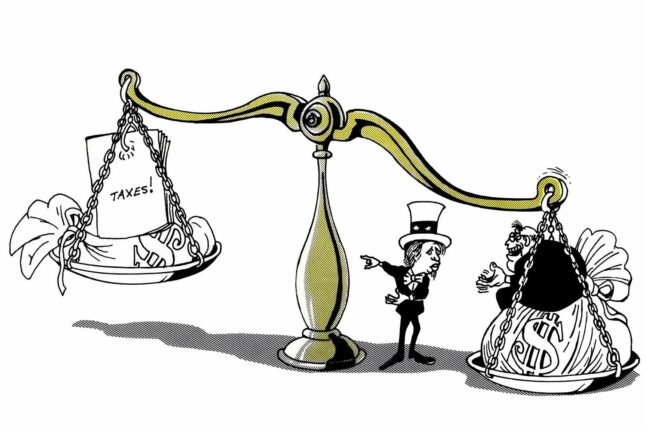The Turkish lira is bad. As long as the Turkish economy was integrated into the transatlantic neoliberal order, there seemed to be no other option in the face of Erdoğan’s procrastination. The strategic imperative of keeping SMEs afloat with expansionary monetary policies was irreconcilable with the country’s position in the global market. However, more recently, this oscillating movement seems to have been abandoned in favor of a firm commitment to economic heterodoxy. Since the spring of 2021, the interest rates of the Turkish Central Bank (TCMB) have been revised downwards and are going so far as to venture dangerously into negative territory. At their lowest, due to very high inflation, real rates even reached -80%. The traditional investments of savers in Turkish lira, held by a vast majority of the population, are therefore suffering massive losses. At the same time, trade credit and consumer credit were broadly supported.
As expected, these measures allowed Turkey to achieve high growth in 2021 (more than 11%), but at the cost of a significant devaluation of the Turkish lira and excessive inflation (up to 85% in October 2022). The high growth masked a general collapse in the standard of living of the majority of the population, whose incomes did not grow at the same rate as inflation. The compensatory measures that have been taken, such as increases in the minimum wage, price controls or tax cuts, have not been enough to stem this decline. The end of 2021 thus ended in economic stagnation, when companies found themselves unable to calculate prices accurately and were disadvantaged on commercial contracts denominated in foreign currencies. A large-scale economic catastrophe was narrowly avoided when Erdoğan announced, on December 20, 2021, a state guarantee mechanism for foreign currency deposits.
Shortly after, the TCMB implemented a “liraisation strategy” (i.e. conversion of assets and debts in foreign currencies into national currency, editor’s note) implying de facto foreign currency control mechanisms : restriction of access to TCMB loans for companies holding a lot of foreign currencies, ban on the use of foreign currencies for domestic transactions and incentives to induce banks to opt for deposits in Turkish liras. The aim was to support private sector demand for Turkish liras and contain the devaluation. However, in the absence of deep structural changes in the Turkish economy, all the flaws of this heterodox approach – devaluation, high inflation, large current account deficit – resurfaced and persisted. And for the past year, these defaults have been accompanied by a rise in interest rates and the level of debt.
This has resulted in an even more serious political paradox. During 2022, to contain the crisis, Turkey began to experiment with a series of “macroprudential measures”, which took for example the form of effective capital controls – via economic penalties imposed on banks granting loans at interest rates above 30% — intended to support lending in Turkish liras at advantageous costs for the private sector. However, with the slowdown in the devaluation due to the “iraisation” strategy and because of the delay in the effects of the devaluation on inflation (the Turkish currency losing value, imported products cost much more, editor’s note) and global inflationary pressure, the Turkish inflation rate remained above the devaluation rate. All this, in turn, led to an effective appreciation of the Turkish lira.


 7 February 2023
7 February 2023